
Lukas Rambold
I am a PhD candidate at the Hasso-Plattner-Institute in Berlin, working on large-scale inflatables, at the intersection of HCI and Soft Robotics. I’m advised by Patrick Baudisch. I obtained my CS master’s degree from Hasso-Plattner-Institute and my Bachelor’s degree from LMU Munich. Previously, I co-founded the government data-analytics startup Polyteia at CDTM.
Full Papers at CHI & UIST
[5] AirTied: Automatic Personal Fabrication of Truss Structures
Lukas Rambold, Robert Kovacs,Conrad Lempert, Muhammad Abdullah, Helena Lendowski, Lukas Fritzsche, Martin Taraz, and Patrick Baudisch
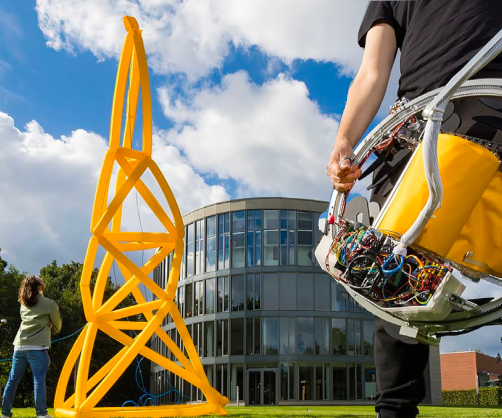
We present AirTied, a device that fabricates truss structures in a fully automatic fashion. AirTied achieves this by unrolling a 20cm-wide inflatable plastic tube and tying nodes into it. AirTied creates nodes by holding onto a segment of tube, stacking additional tube segments on top of it, tying them up, and releasing the result. The resulting structures are material-efficient and light as well as sturdy, as we demonstrate by creating a 6m-tower. Unlike the prior art, AirTied requires no scaffolding and no building blocks, bringing automated truss construction into the reach of personal fabrication.
UIST 2023 · project page · video · paper PDF · talk · press: arduino.cc
[4] Trusscillator: System for Designing and Fabricating Dynamic Structures
Robert Kovacs*, Lukas Rambold*, Lukas Fritzsche, Dominik Meier, Jotaro Shigeyama, Shohei Katakura, Ran Zhang, Patrick Baudisch
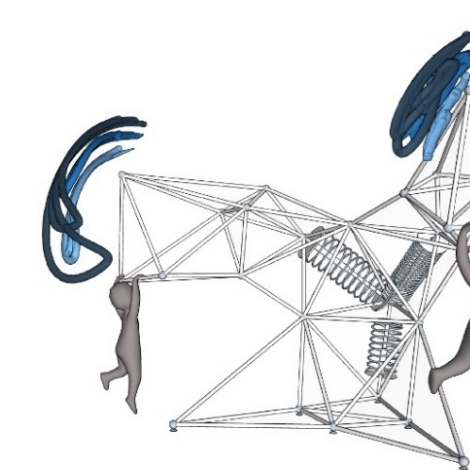
Trusscillator is an end-to-end system that allows non-engineers to create human-scale human-powered devices that perform oscillatory movements, such as playground equipment, workout devices, and interactive kinetic installations.
video · full paper at UIST’21 · 🏅 best demo honorable mention
* equally contributing authors
[3] Kerfmeter: Automatic Kerf Calibration for Laser Cuting
Shohei Katakura, Martin Taraz, Muhammad Abdullah, Paul Methfessel, Lukas Rambold, Robert Kovacs, and Patrick Baudisch
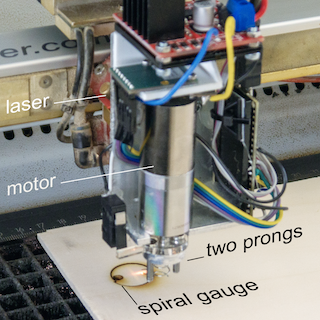
Kerfmeter is a hardware + software device that automatically determines how much material the laser cutter burns off, also known as kerf. Its knowledge about kerf allows Kerfmeter to make the joints of laser cut 3D models fit together with just the right tension, i.e., loose enough to allow for comfortable assembly, yet tight enough to hold parts together without glue—all this without user interaction.
full paper at CHI’23
[2] Automatic Assembly of 2D SVG Plates to 3D Models
Thijs Roumen, Conrad Lempert, Ingo Apel, Erik Brendel, Markus Brand, Laurenz Seidel, Lukas Rambold, and Patrick Baudisch
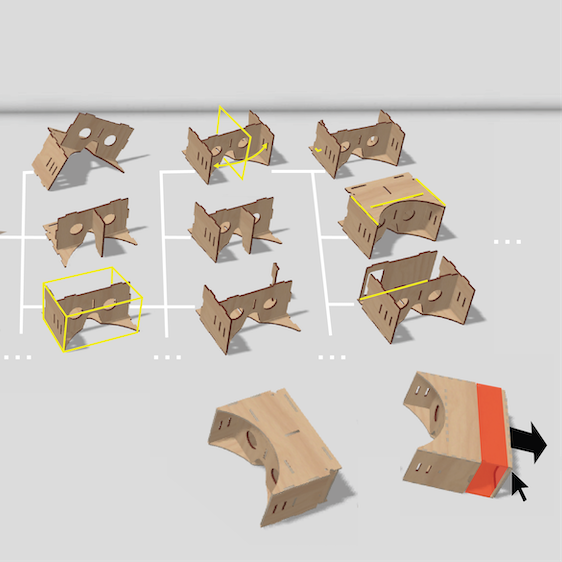
autoAssembler, automatically converts 2D cutting plans to 3D models so users can perform parametric changes on them. AutoAssembler uses a beam search algorithm to search possible ways of assembling plates. It uses joints on these plates to combine them into assembly candidates.
full paper at UIST’21
[1] Assembler3: 3D Reconstruction of Laser-Cut Models
Thijs Roumen, Yannis Kommana, Ingo Apel, Conrad Lempert, Markus Brand, Erik Brendel, Laurenz Seidel, Lukas Rambold, Carl Goedecken, Pascal Crenzin, Ben Hurdelhey, Muhammad Abdullah, and Patrick Baudisch
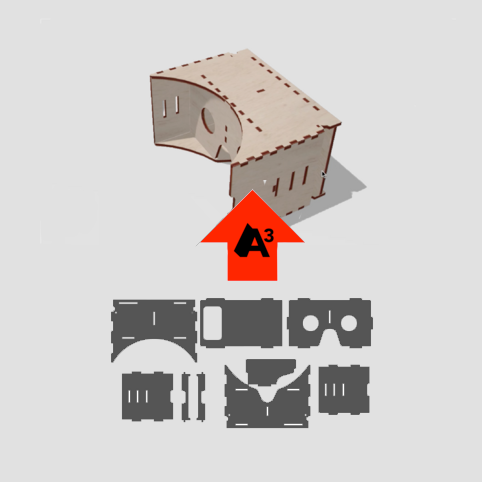
Assembler3 is a software tool that allows users to perform 3D parametric manipulations on 2D laser cutting plans. Assembler3 achieves this by semi-automatically converting 2D laser cutting plans to 3D, where users modify their models using available 3D tools (kyub), before converting them back to 2D.
full papers at CHI’21
Other Peer-Reviewed Publications
[3] Pushing Fabrication Past The Makers
Patrick Baudisch, Pedro Lopes, Shohei Katakura, Stefanie Mueller, Robert Kovacs, Muhammad Abdullah, Thijs Roumen, Jotaro Shigeyama, Conrad Lempert, Martin Taraz, Lukas Rambold
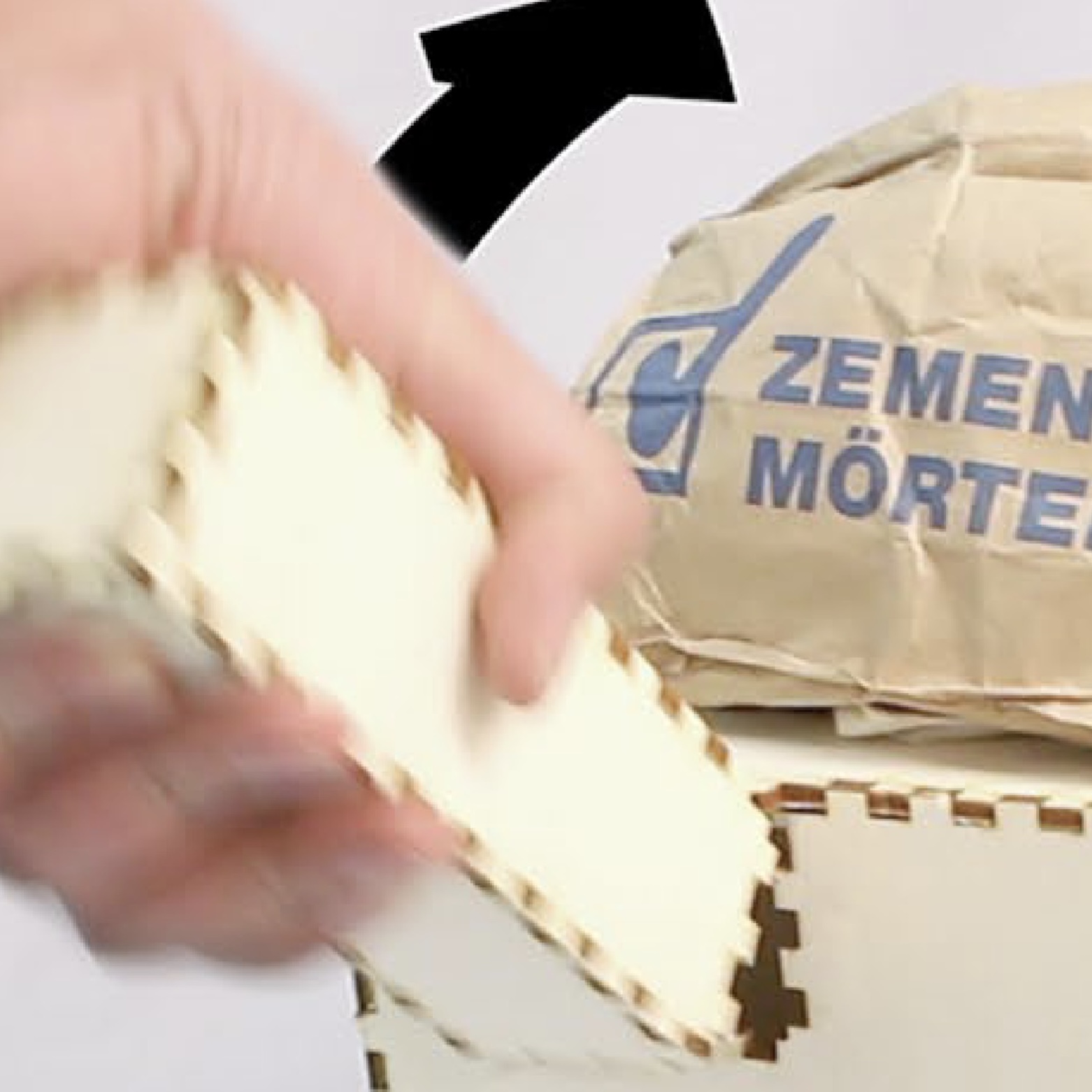
In this demonstration, we show a selection of twelve past CHI and UIST projects by our lab, which taken together aim at help- ing the feld of digital fabrication using laser cutters transition past makers—and towards true non-experts, which we refer to as “consumers”. Our software systems provide such non-experts with domain knowledge (Kyub and fastForce), hardware and machine knowledge (Constructable, LaserOrigami, LaserStacker, springFit, kerf-canceling mechanisms, Assembler3 and autoAssembler), assem- bling laser-cut objects (FoolProofJoint, Roadkill, HingeCore) and demonstrate our contributions in solving these challenges over the course of twelve projects during the last few years.
[2] Under Pressure: Behavioral Authentication on Door Handles
Christian Tietz, Eric Klieme, Rachel Brabender, Teresa Lasarow, Lukas Rambold, Christoph Meinel
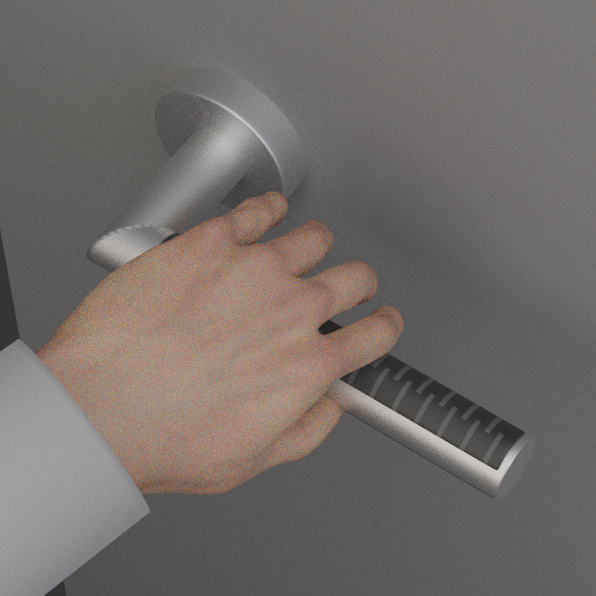
Behavioral Authentication is wildly used in websites and smartphones. But how does it translate to other domains of all-day life? In this work, we equipped a door handle with resistive and capacitive touch sensors and found out in a study that we can authenticate a person pressing the handle with 88% accuracy by classifying the sensor data.
published at SECRYPT 2020 · 🏆 best poster award
[1] TransparentHMD: Overcoming the Communication Barrier of HMDs
Christian Mai, Lukas Rambold, Mohamed Khamis
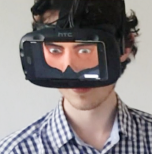
Many people report that when there is one person in the room who uses a VR headset, it tends to become a disconnecting experience for the others. In my bachelor thesis, I worked on improving collaboration between in-VR users and bystanders by displaying the in-VR user’s face on top of the HMD. Additionally, the system tracks the eyes of its observer to correct for the parallax error of the 2D display on the outside of the HMD.
published at MUM 2017 · discussion on HN · 🚀 cited by patents from Apple and Meta and built into Apple Vision Pro
Service
program commitee: UIST Poster Track (2025), CHI Late-Breaking-Work (2024, 2025), MuC Paper-Track (2024)
reviewer: Nature Communications (2023), TEI (2024, 2025), UIST (2024, 2025), CHI (2023, 2024, 2025), IEEE VR (2023), TEI Work in Progress (2023, 2022)
Teaching
lecturer: Algorithmic Folding master class at HPI 2022, 2023, 2024
supervised interns and master theses (6 months fulltime): Horatio Hamkins 2023, Helena Lendowski 2023, Menatalla Elnemr 2025
supervised project seminar students (3 months, 1 day / week): Tarik A. 2021, Menatalla E. 2023, An H., Max F., Stefan S., Hendrik W., Tobias G. 2024, Konrad G. 2025